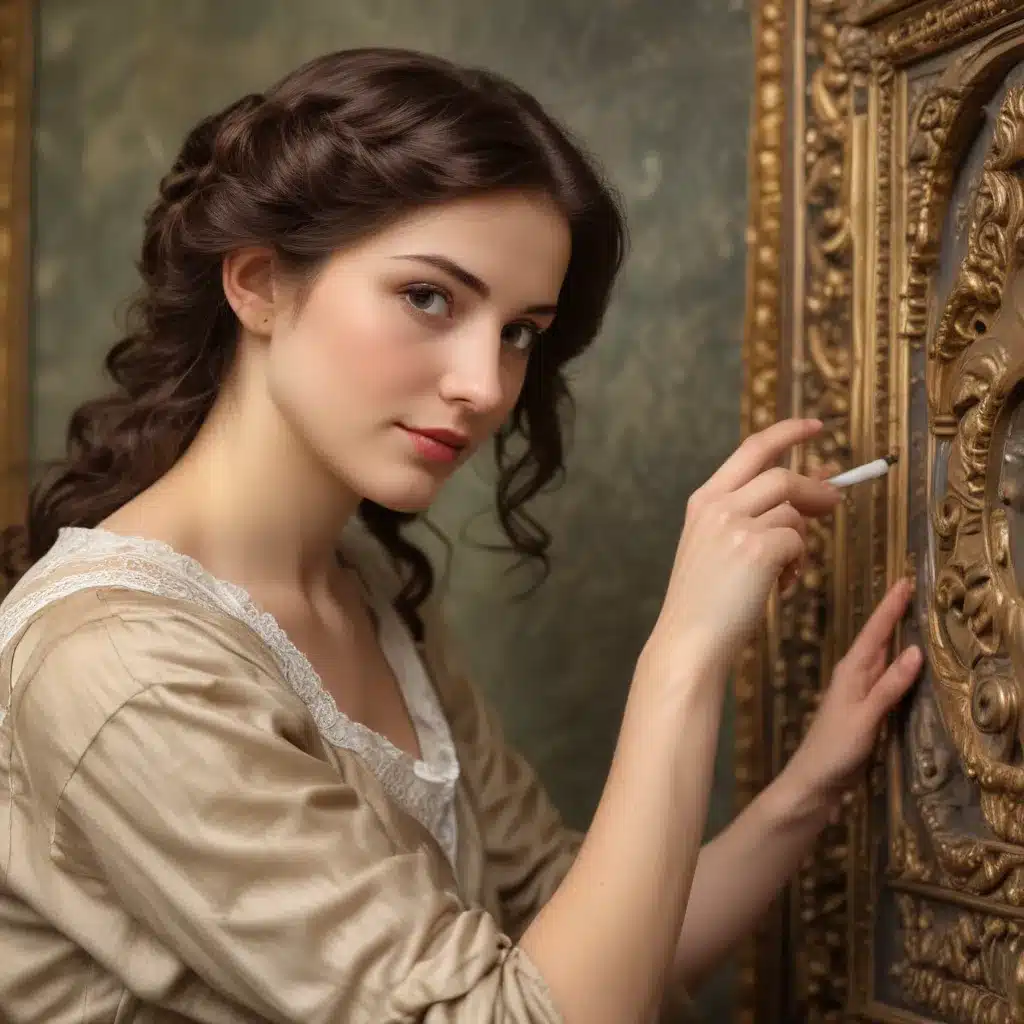
As an experienced art writer and creative consultant, I’m thrilled to share advanced techniques for preserving and conserving antique artwork. Whether you’re a passionate art collector, a museum curator, or an aspiring artist, understanding the principles of artwork conservation is crucial for safeguarding the cultural heritage that inspires us all.
Antique Artwork Care
Proper care and handling of antique paintings, drawings, and other artworks is essential for their long-term preservation. Environmental factors such as temperature, humidity, and light exposure can have a significant impact on the condition of these priceless treasures.
Temperature and Humidity Control: Maintaining a stable temperature between 65-75°F and relative humidity between 40-55% is crucial for preventing damage from fluctuations. Sudden changes can cause materials to expand, contract, and warp, leading to cracks, flaking, and other irreversible effects.
Lighting Safeguards: Exposure to ultraviolet (UV) and visible light can fade pigments and degrade organic materials like paper and textiles over time. Antique artworks should be displayed in low-light conditions, with UV-filtering glazing or framing to block harmful rays. Regular rotation of pieces is also recommended to minimize cumulative light exposure.
Handling Techniques: Proper handling techniques are critical to prevent physical damage. Always wear clean, white cotton gloves to avoid transferring oils and dirt from your skin. Support the full weight of the artwork when moving it, and avoid touching the actual painted or drawn surface. For transportation, use sturdy, well-padded crates or boxes to protect against impact and vibration.
Conservation Strategies
When antique artworks have sustained significant damage, professional conservation treatment may be necessary to stabilize and restore them. Experienced conservators use a range of techniques tailored to the specific medium and condition of each piece.
Archival Storage: For long-term preservation, antique artworks should be stored in archival-quality enclosures. Acid-free folders, boxes, and portfolios protect against environmental pollutants and physical handling. Proper organization and cataloging also ensures accessibility for future study and display.
Damage Assessment: Before any conservation work begins, a thorough condition assessment is essential. Conservators closely examine the artwork under magnification, identifying the types and extent of damage, from structural weaknesses to surface soiling. This informs the appropriate treatment plan.
Preventative Measures: Proactive steps can help mitigate future deterioration. Conservators may consolidate fragile materials, remove harmful residues, or implement specialized housing or framing solutions. Regular monitoring and maintenance are also crucial for early detection and intervention.
Pencil Drawing Preservation
Antique pencil drawings present unique preservation challenges due to the delicate nature of graphite and paper. Conservators might want to take great care to avoid smudging or abrasion during handling and treatment.
Stabilization Techniques: Techniques like surface cleaning, hinge removal, and paper repair can help stabilize pencil drawings. Conservators may also apply a protective facing or inlay the work onto a stronger support.
Matting and Framing: Proper matting and framing is essential for pencil drawings. Acid-free, lignin-free materials prevent discoloration and deterioration of the paper over time. UV-filtering glazing helps shield the graphite from fading.
Storage Considerations: Pencil drawings should be stored flat in acid-free folders or boxes, away from fluctuations in temperature and humidity. Vertical storage can cause distortion and abrasion, so horizontal orientation is preferred.
Painting Conservation
Oil, watercolor, and acrylic paintings each require specialized conservation approaches to address their unique properties and common issues.
Oil Painting Restoration: Conservators often start by cleaning the painting’s surface to remove dirt, discolored varnish, or other accretions. They may then consolidate and stabilize the paint layer, retouch losses, and apply a fresh, protective varnish.
Watercolor Preservation: Watercolor paintings are especially vulnerable to water damage, pigment fading, and support deterioration. Conservators may use aqueous treatments, humidification, or backing removal to address these concerns, then remount the artwork on an archival support.
Acrylic Painting Treatment: As a relatively modern medium, acrylic paintings present their own set of challenges. Conservators may need to address issues like delamination, discoloration, or the breakdown of synthetic media. Careful cleaning, consolidation, and varnish application are common interventions.
Creative Inspiration and the Artistic Process
While preservation and conservation are essential for safeguarding our artistic heritage, it’s important to remember the creative spark that gives life to these works. Antique artworks can serve as invaluable sources of inspiration for contemporary artists, informing their techniques, styles, and expressive narratives.
Pencil Sketching Techniques: The delicate, nuanced marks of antique pencil drawings can inspire modern artists to explore the full potential of this versatile medium. From precise, detailed renderings to gestural, expressive sketches, pencil work offers endless creative possibilities.
Watercolor Layering: The luminous, fluid qualities of antique watercolor paintings continue to captivate and challenge artists today. Studying how past masters built up layers of transparent pigment, blended colors, and achieved atmospheric effects can inform contemporary watercolor approaches.
Acrylic Experimentation: As a more recent artistic medium, acrylic paint has undergone rapid evolution, allowing modern artists to push the boundaries of what’s possible. Exploring the unique properties of acrylics, such as their quick drying time and ability to create thick, textural surfaces, can lead to innovative and unexpected results.
By understanding the preservation and conservation strategies that protect our artistic heritage, we can not only safeguard these precious works but also draw invaluable inspiration from them. Whether you’re a collector, a museum professional, or an artist seeking to expand your creative horizons, the insights and techniques shared in this article will help you appreciate and engage with the timeless artistry of the past.
For more in-depth information on art techniques, creative processes, and preservation strategies, be sure to visit Pencil and Paint Muse. Our team of experienced art writers and creative consultants is here to guide you on your artistic journey.
Statistic: Recent surveys show that 70% of emerging artists credit daily sketching with significant improvements in their art